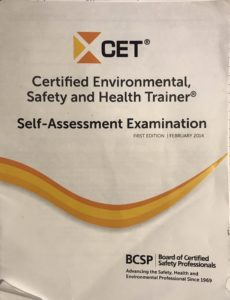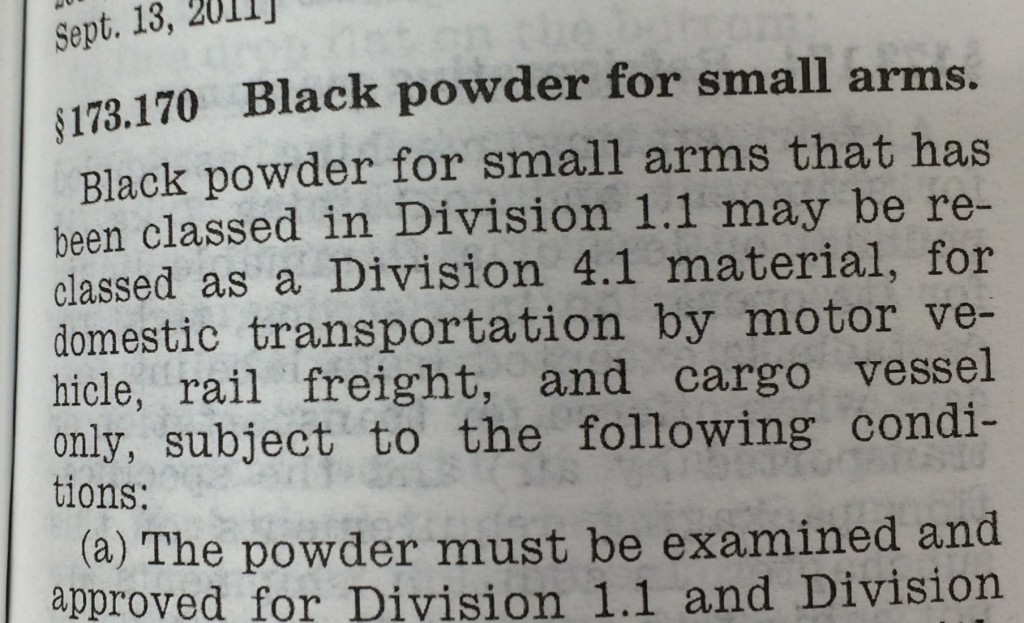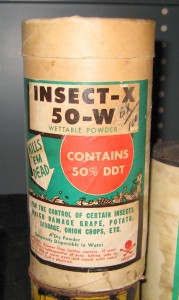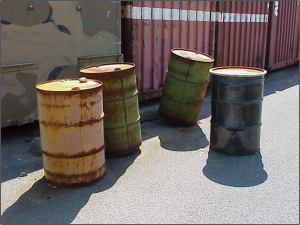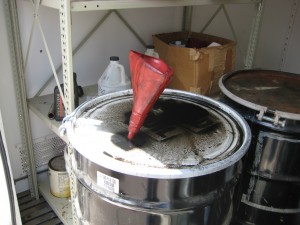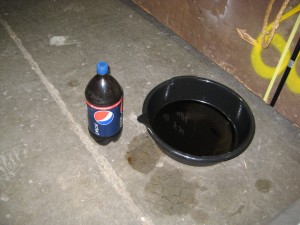 Richard Cartwright is an engaging and energetic speaker on hazardous material management. His knowledge and passion for the subject ooze out of him. He teaches and speaks to environmental professionals all over the world and if you connect with him on LinkedIn, he seems to be somewhere different every day.
Richard Cartwright is an engaging and energetic speaker on hazardous material management. His knowledge and passion for the subject ooze out of him. He teaches and speaks to environmental professionals all over the world and if you connect with him on LinkedIn, he seems to be somewhere different every day.
Richard is the Senior Vice President/Owner of MECX and has been involved with the Alliance of Hazardous Material Professionals (AHMP) as a Certified Hazardous Material Manager (CHMM) since the start of the organization. He continually works to bring together CHMM’s around the country, coordinating with chapters, and enhancing the brand.
We previously met when he spoke to the Colorado Environmental Management Society and he was back in Denver to give a talk on the history of hazardous material management to the Rocky Mountain Chapter of CHMMs. By chatting with him and hearing his presentation I gained an insight into his background and interest in having hazardous materials managers in all aspects of life.
I often ask people, “What drew you to this field?”, but I didn’t have to ask him. It was obvious when he spoke.
His life is a personal connection to the chemistry, toxicology and management of hazardous materials. He talks about Paracelsus, Marie Curie, and Rachel Carson as if they are Washington, Napoleon, and Churchill. During his presentation this night, he presented a history of hazardous material incidents, both good and bad. For all the bad ones, such as the Deepwater Horizon oil spill, he is assured that they could have been avoided if a good CHMM was involved in the operation.
His talks are a mix of technical problems and solutions and interesting stories that make you think more deeply about the topic. For example, hazardous material management or toxicology is the world’s oldest profession. Huh? He makes the point that our ancestors looked to the animals and nature to see what they were eating. The “original CHMMs” would see an animal eating a food and then give it to another person and see if it was good or poisonous.
After he talked, I had one specific question for him. It’s one that I ask nearly all the environmental professionals profiled here.
TNEP: Everyone in this room has an appreciation for what you talked about tonight? How do you relate to people who don’t understand our field?
Richard: You have to give examples. It’s kinda like scripture. They’re parables. You’ll become fishers of men. Instead of catching fish, we’ll have new disciples and new people and we’ll grow and multiply. You have to capture the new young generation. They’re willing to learn and they’re willing to change. At my age, people will dump trash and their kids and grandkids will go pick it up. So it’s a culture change.
And understanding these different tragedies and why they occur. Unfortunately in America, we’re a nation of under-reaction and overreaction. And the only time we learn is from a catastrophe. We don’t listen. God gave us two ears and one mouth and we just don’t listen. And only when it goes wrong we actually do something.
TNEP: Thank you, Richard. It was an enjoyable evening learning more about the history of hazardous material management and getting an insight into one of the original CHMMs.
Richard will no doubt continue to travel the world emphasizing the need for good management of hazardous materials. He regularly blogs on his LinkedIn page, is writing several books on the topic, and I’m sure will keep speaking to any and all groups that invite him in.

